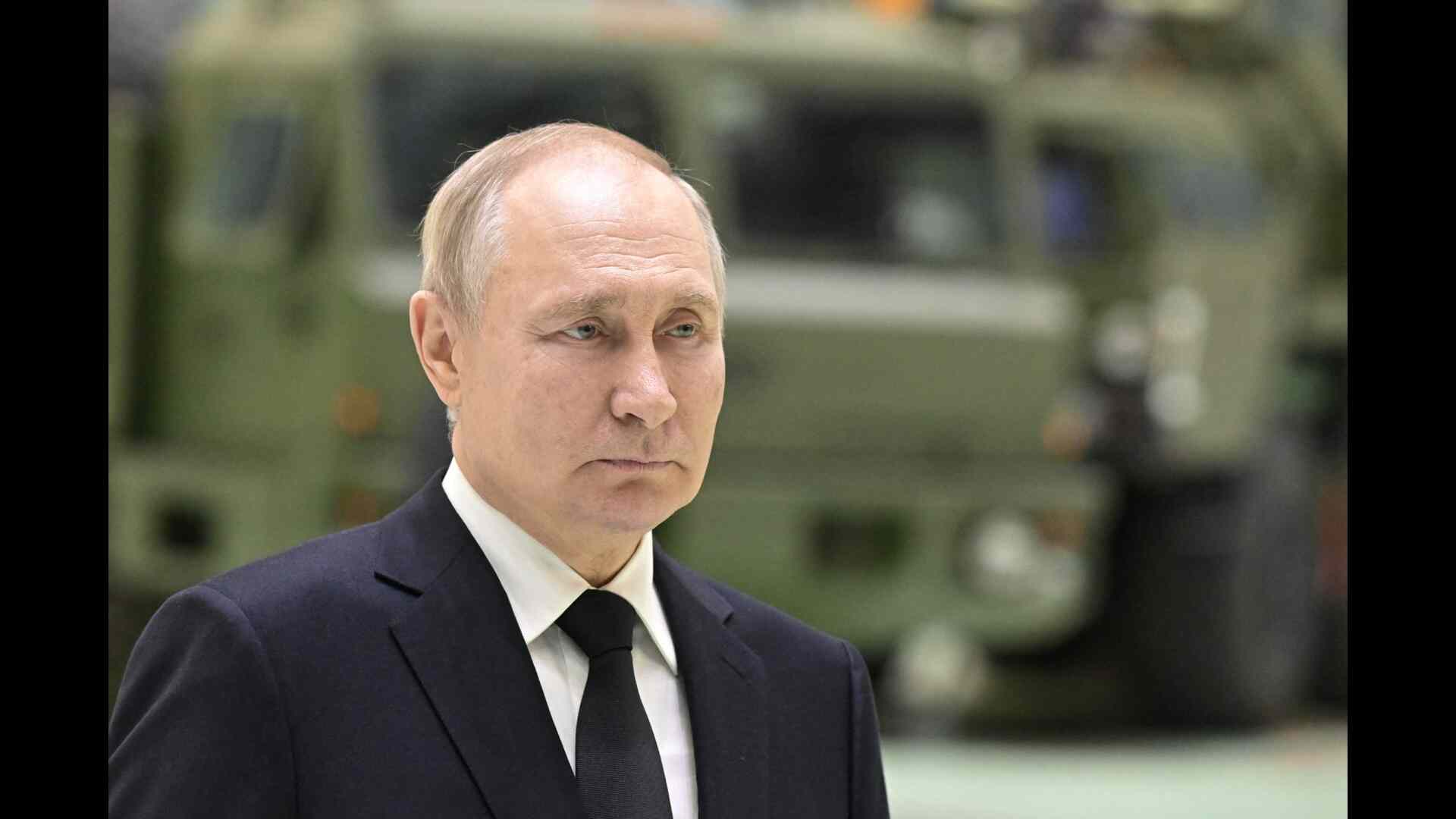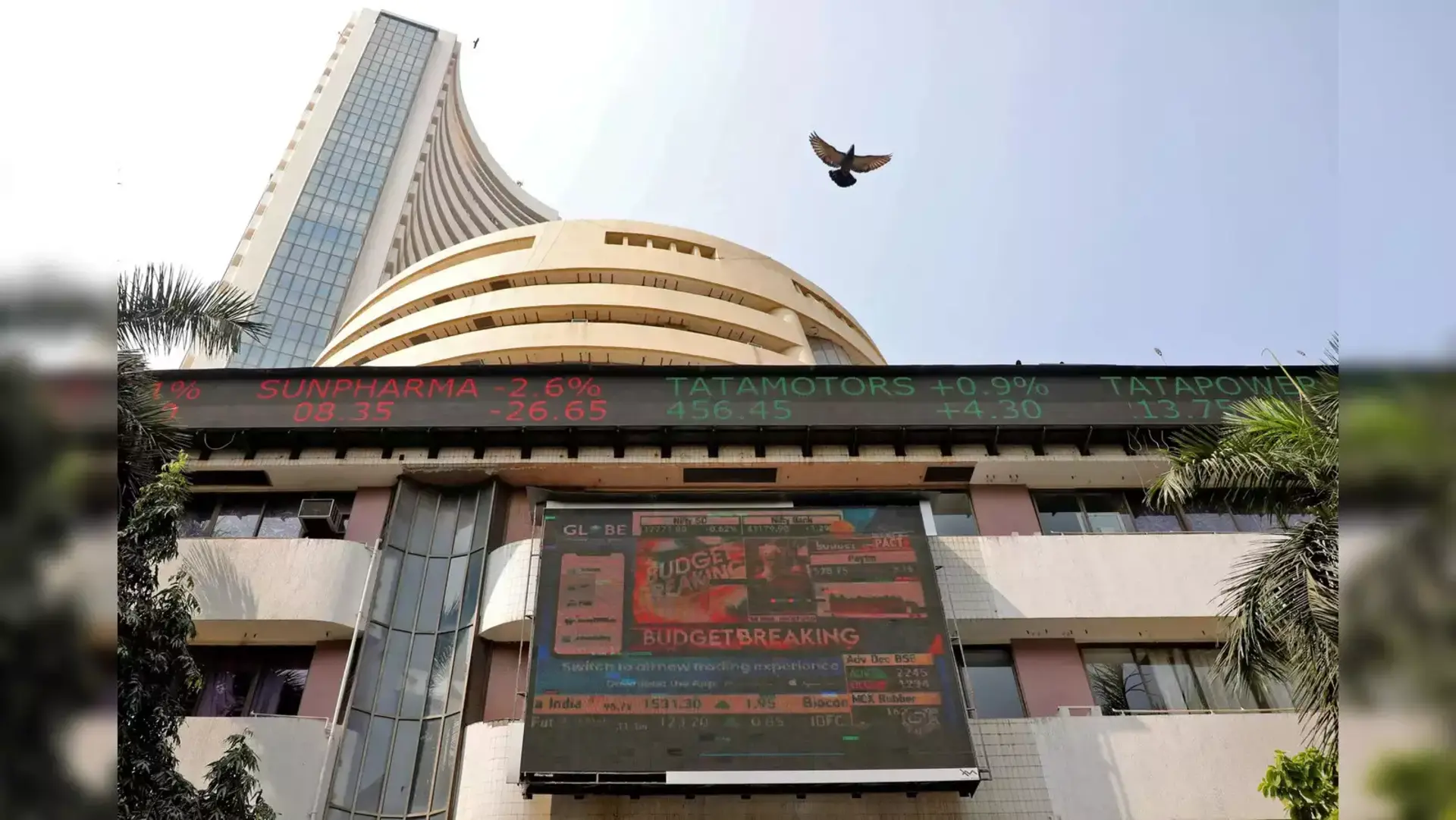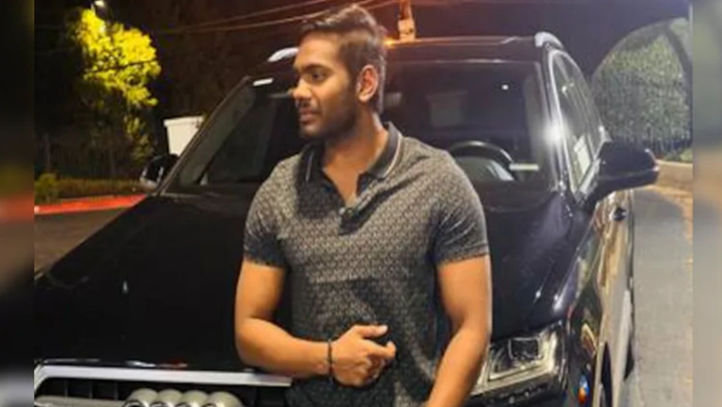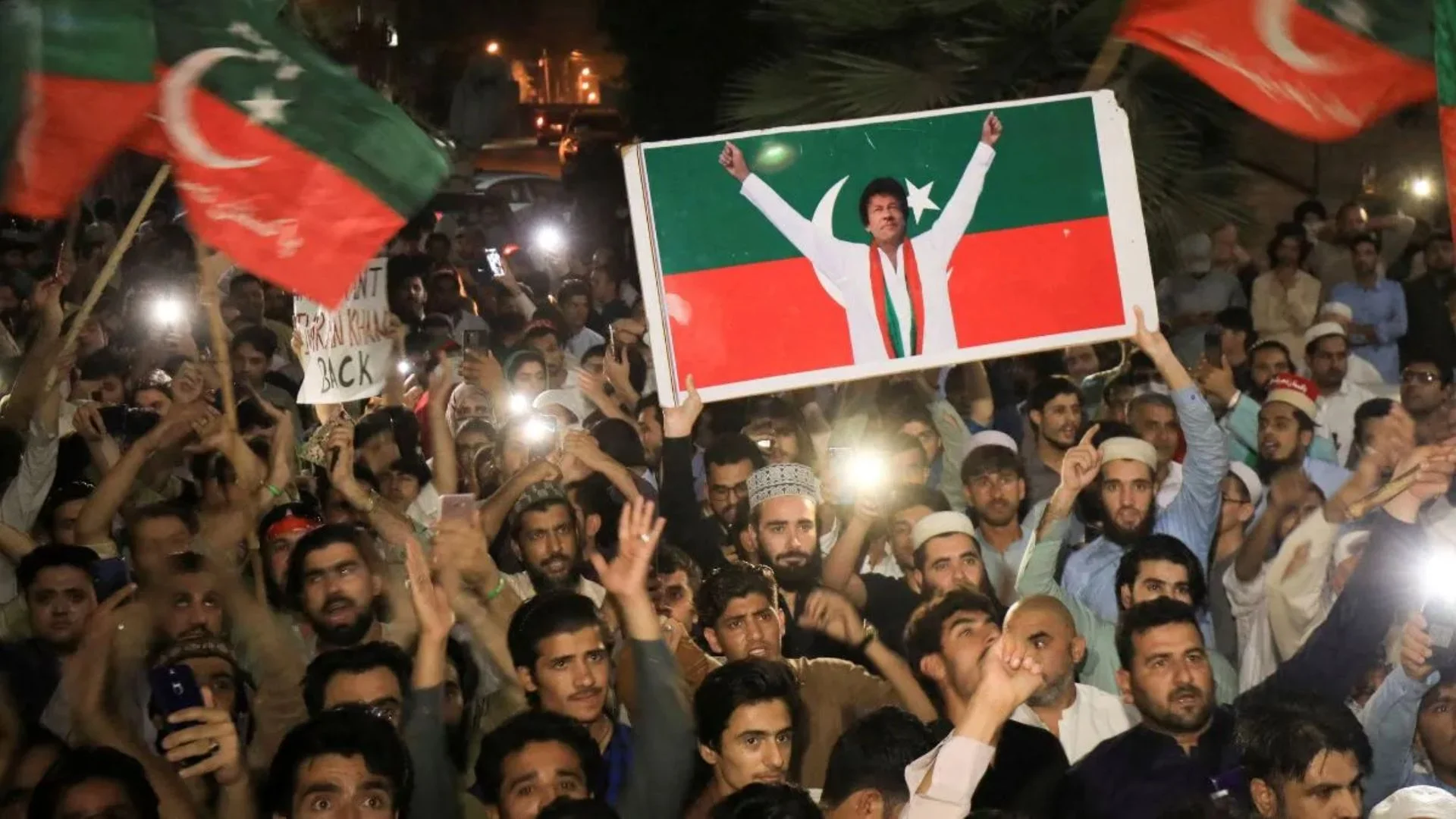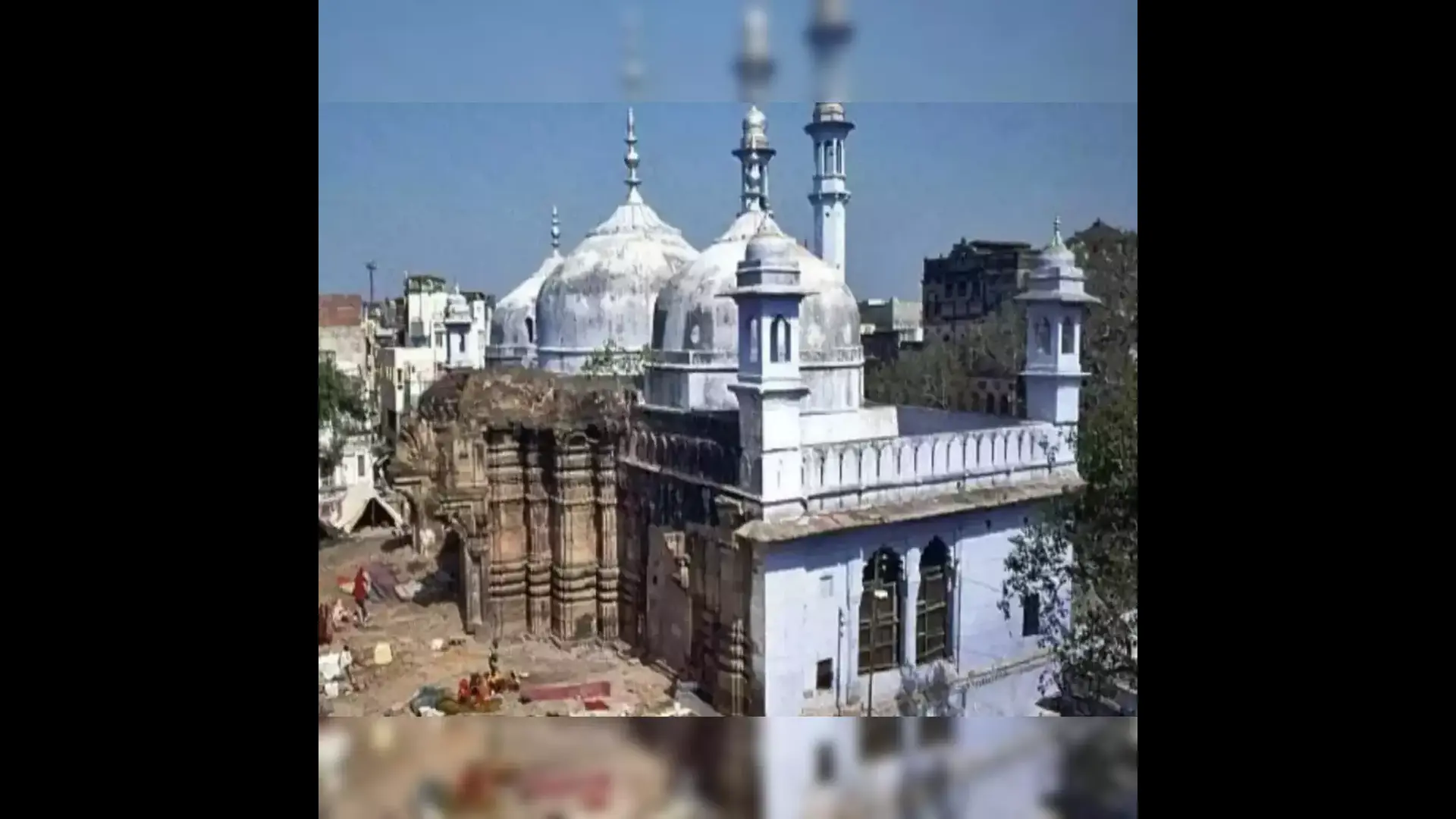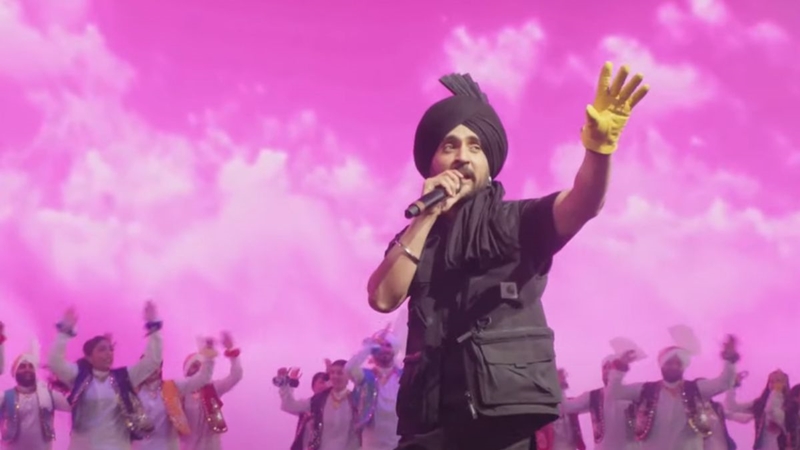Devotees from far and wide congregated at the revered Shiv Murti Temple to celebrate Maha Shivaratri with fervor and devotion. As the auspicious day dawned, the temple resonated with the echoes of prayers and chants. The atmosphere was infused with spirituality and reverence as devotees queued up to offer their prayers to Lord Shiva.
Adorned with flowers and incense, the Shiv Murti Temple became a sanctum of divine energy, drawing devotees seeking blessings, solace, and renewal. Amidst the rhythmic sounds of bells and the fragrance of holy offerings, devotees immersed themselves in meditation and reflection, seeking spiritual awakening and purification.
Maha Shivaratri, the night of Lord Shiva, symbolizes the triumph of light over darkness and the transcendence of the human spirit. For devotees, it is a time of reflection, penance, and gratitude. As the night unfolded, devotees remained steadfast in their devotion, invoking the divine blessings of Lord Shiva for peace, prosperity, and spiritual enlightenment.
Legend has it that Parvati, an incarnation of Shakti, the cosmic feminine energy, embarked on a rigorous penance to win the affection of Lord Shiva, the ascetic deity immersed in meditation atop Mount Kailash. Moved by her devotion, Shiva agreed to marry her, thus marking the sacred union of Shiva and Shakti.
Maha Shivaratri, the auspicious night of Shiva, symbolizes not just their celestial wedding but also the cosmic dance of creation, preservation, and destruction. It is believed that on this night, Shiva performs the Tandava, his divine dance of cosmic energy, symbolizing the cycle of life and the eternal rhythm of the universe.
Devotees celebrate Maha Shivaratri with fervor, fasting, and prayers, invoking the divine blessings of Shiva and Parvati for marital bliss, spiritual awakening, and liberation from worldly attachments. Temples across India come alive with the sound of bells and chants, as devotees offer prayers and perform rituals in honor of the divine couple.
The essence of Maha Shivaratri lies in recognizing the interconnectedness of masculine and feminine energies, the union of Shiva and Shakti, and the eternal cycle of creation and dissolution. It is a celebration of divine love, cosmic harmony, and the timeless bond between Lord Shiva and Goddess Parvati, resonating through the ages and illuminating the path of spiritual seekers worldwide.
